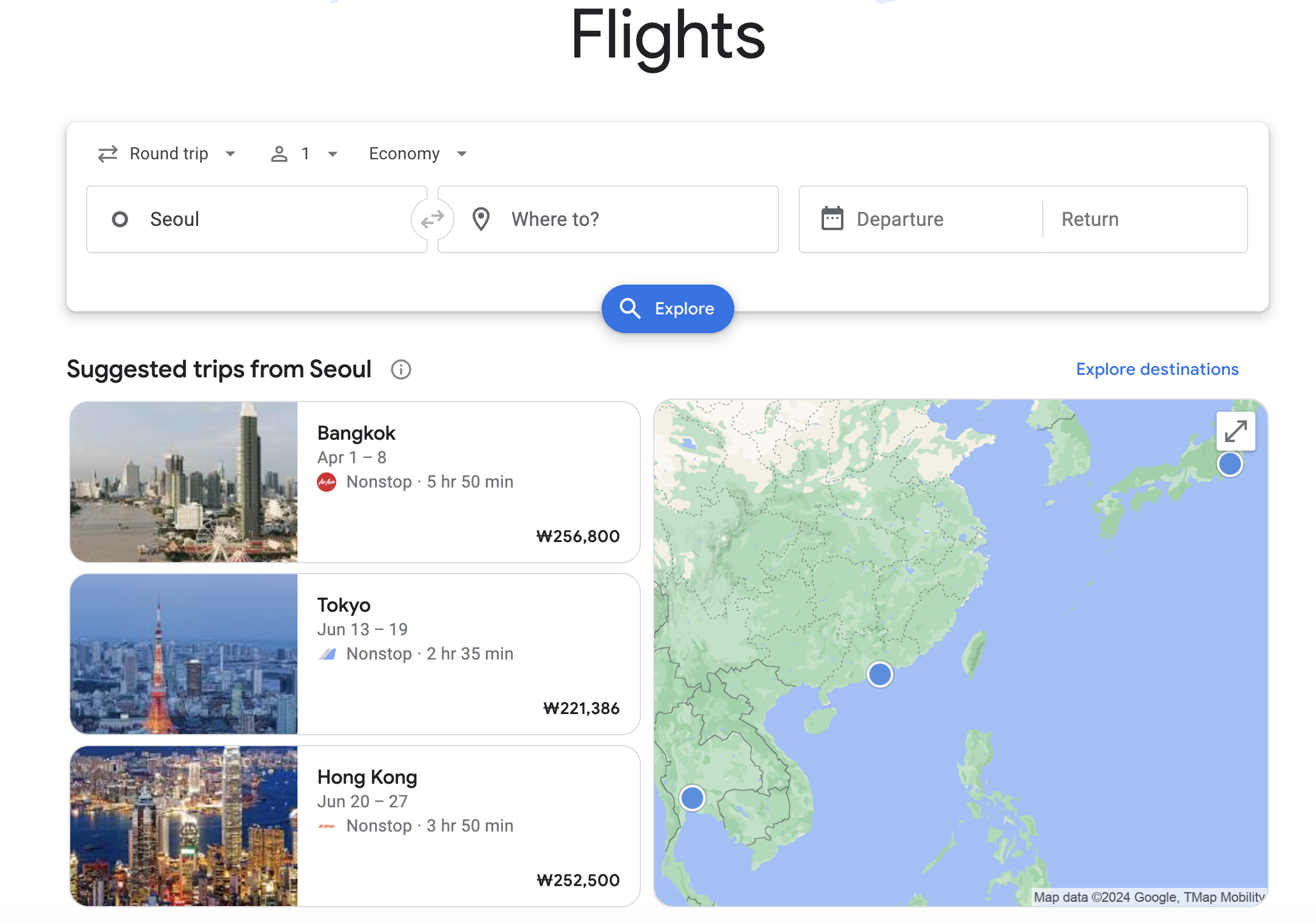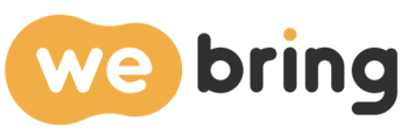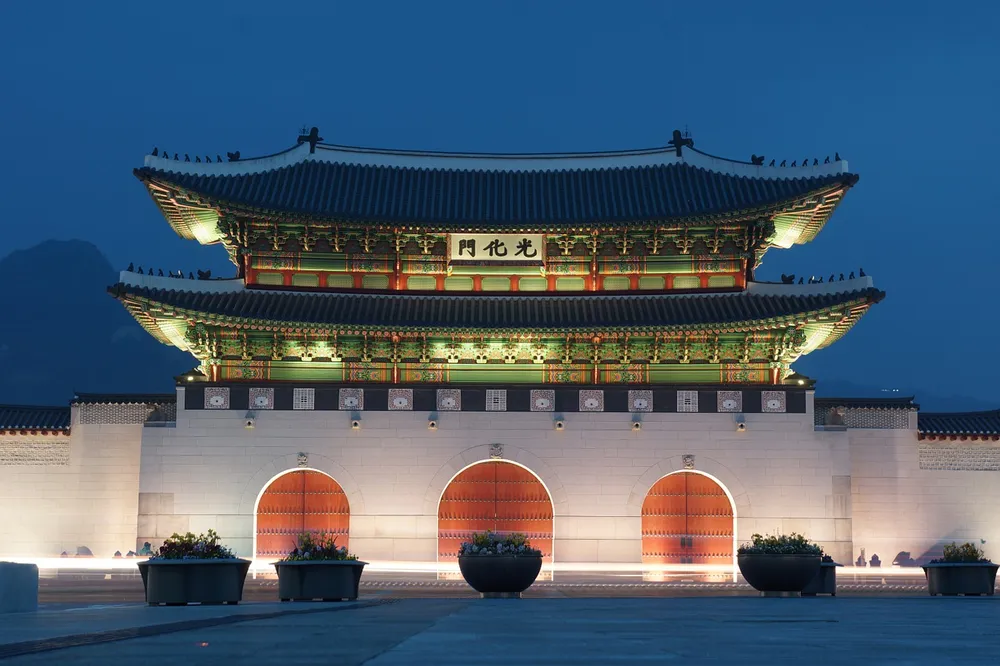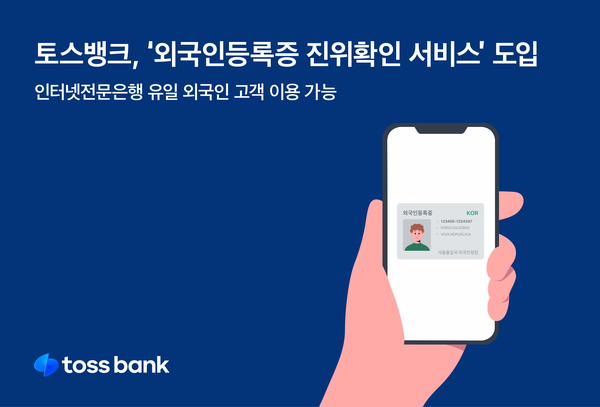Need to book the cheapest flights to Korea? Hello everyone! I’m a frequent international traveler and I’m a master at booking flights. Today, I’m going to show you how to book a flight to Korea at the lowest possible price. Did you know that tickets for the same dates and the same airline can vary greatly in price depending on the booking tips you use? By the end of this post, you’ll be a master of airline ticket booking just like me. Let’s get started! This article is part of the Korea Travel Guide: 55 Tips for Foreigners on Getting to Know Korea series.
1. Cheapest flights to Korea, need to book fast! Book early!
The first tip is to book early – airlines usually start selling tickets a year in advance of your departure date, which is when you’ll find the best prices. If you’ve already finalized your travel plans, don’t hesitate to book early – early bird deals are limited and can go quickly, especially for peak season flights.

2. Aim for unpopular days, unpopular times!
The second tip is to choose “off-peak days and times.” The price of airline tickets to Korea varies depending on the day of the week and time of day. Flights from Monday through Thursday, especially Tuesday and Wednesday, tend to be the cheapest. Weekends and holidays tend to be more expensive due to high demand. Also, flying around dawn, lunchtime, and midnight can be a good way to avoid crowds and save money.
3. Compare round-trip and one-way prices!
The third is a “round-trip vs. one-way” price comparison. Most of the time, round-trip flights are cheaper than one-way, but sometimes it’s cheaper to book two one-way flights. Try searching for both round-trip and one-way prices on online booking sites, and compare the total – you might find an unexpected combination that gives you the best deal. When booking two one-way flights, make sure you have plenty of time for your outbound and return flights!
4. Get acquainted with LCC, a league of their own!
Our fourth tip is to utilize low-cost carriers (LCCs)! LCCs are all the rage these days, selling tickets to Korea for 30-50% less than traditional airlines. You can find even better deals during the off-season and mid-season. They’re perfect if you’re traveling light and don’t need in-flight meals. You can find great deals on Korean domestic LCCs like Air Seoul, Jin Air, and Istar, as well as international LCCs like AirAsia.
5. Collecting points, let’s get started!
The final tip is to utilize miles and points. If you have a credit card that’s partnered with an airline, you can earn free flights with the miles you earn. As you move up the card’s tiers, you’ll get extra baggage, lounge access, and other perks. It’s also a good idea to collect points from online booking sites, which can be used to redeem discount coupons that can significantly reduce the price of your ticket.
6. Utilizing price comparison sites is a must
Many services offer airline ticket price comparison services these days. One of the most popular is Google Flights. There are many other airfare comparison sites such as Kayak, Skyscanner, Trip.com, and others, but Google Flights is the only one that allows you to track prices. Even when you’re planning a trip to Korea, you can register where you live and the country you’re traveling to, and use price tracking to get the best deals.

So there you have it, my top 6 tips for booking cheapest flights to Korea based on my own experience and research: book early, choose off-peak days/times, compare roundtrip/one-way, use LCCs, use miles/points, and use price comparison sites. It may seem obvious to some, but when you’re thinking about traveling, every dollar you save on your flight is a dollar you can spend elsewhere on your trip to make your trip more enjoyable.
If you have a strategy that works for you, you’re bound to find the cheapest flights to Korea. I’m cheering you on until the day you’re making amazing memories in Korea without worrying about money. Next time, I’ll share how to travel on the cheap in Korea. Stay tuned!











